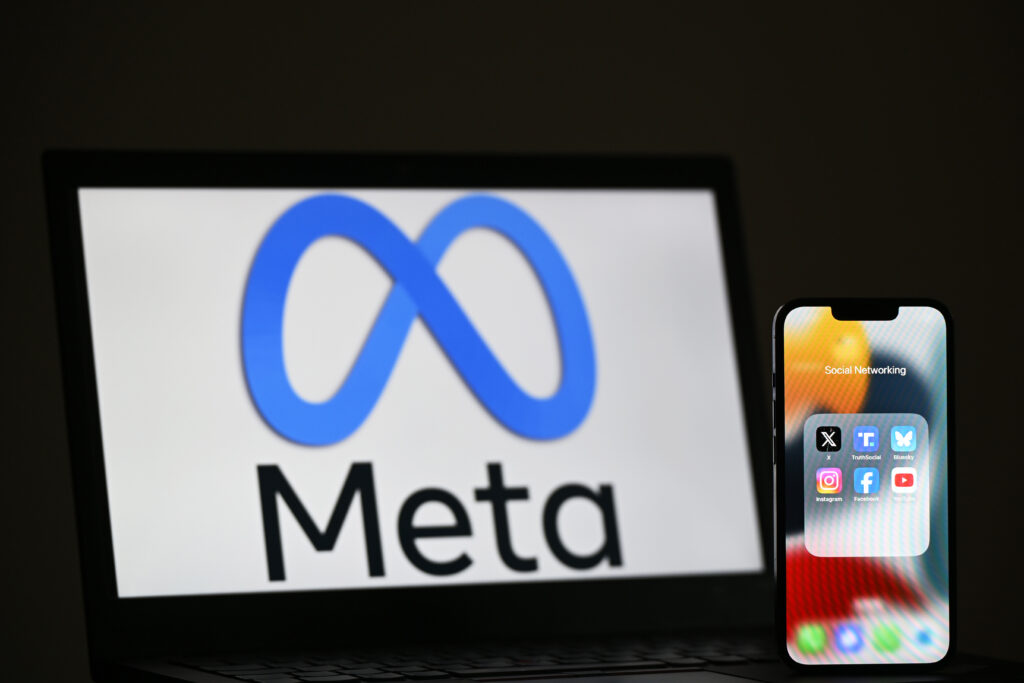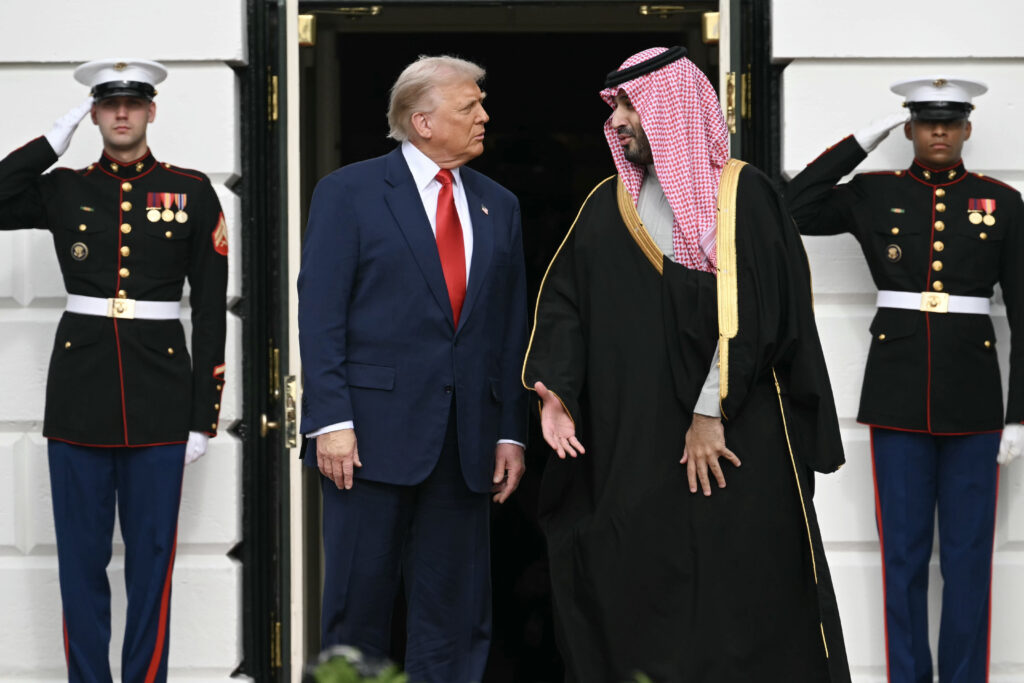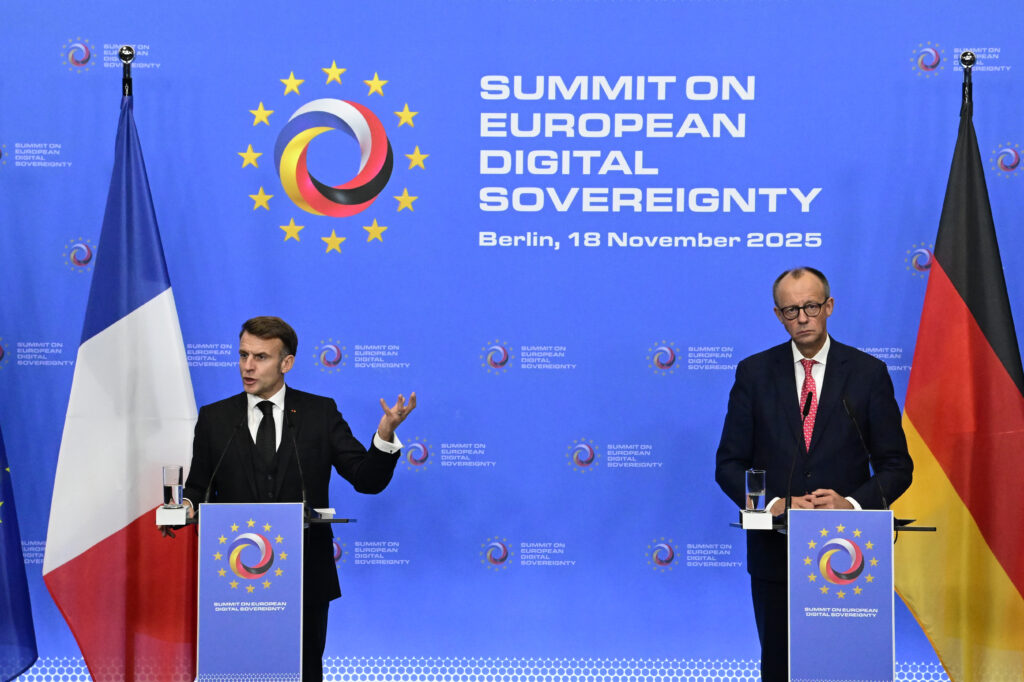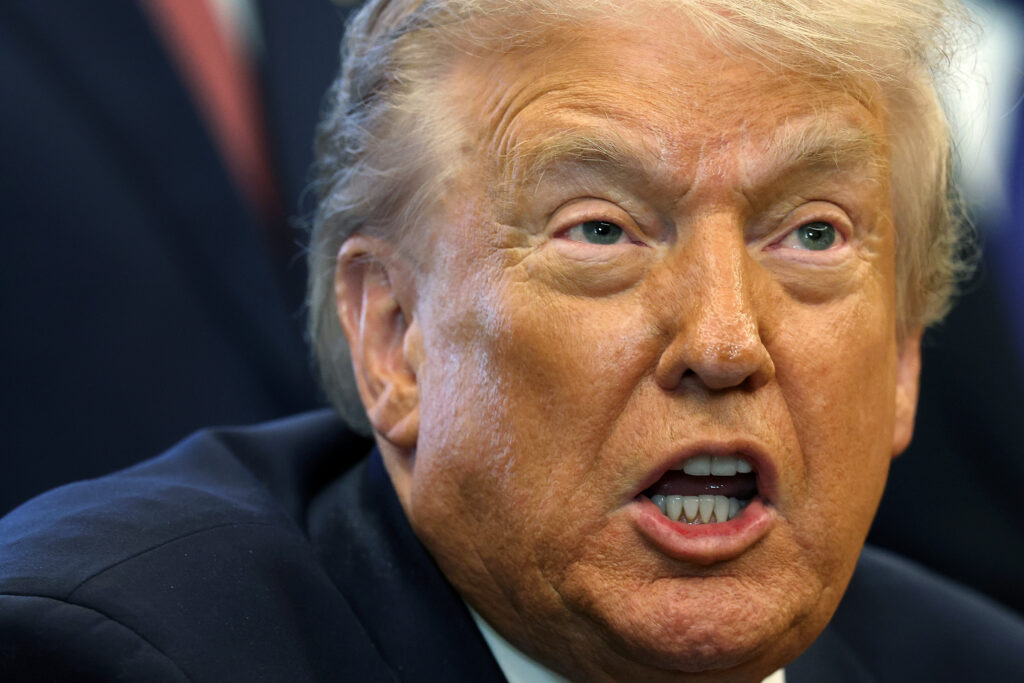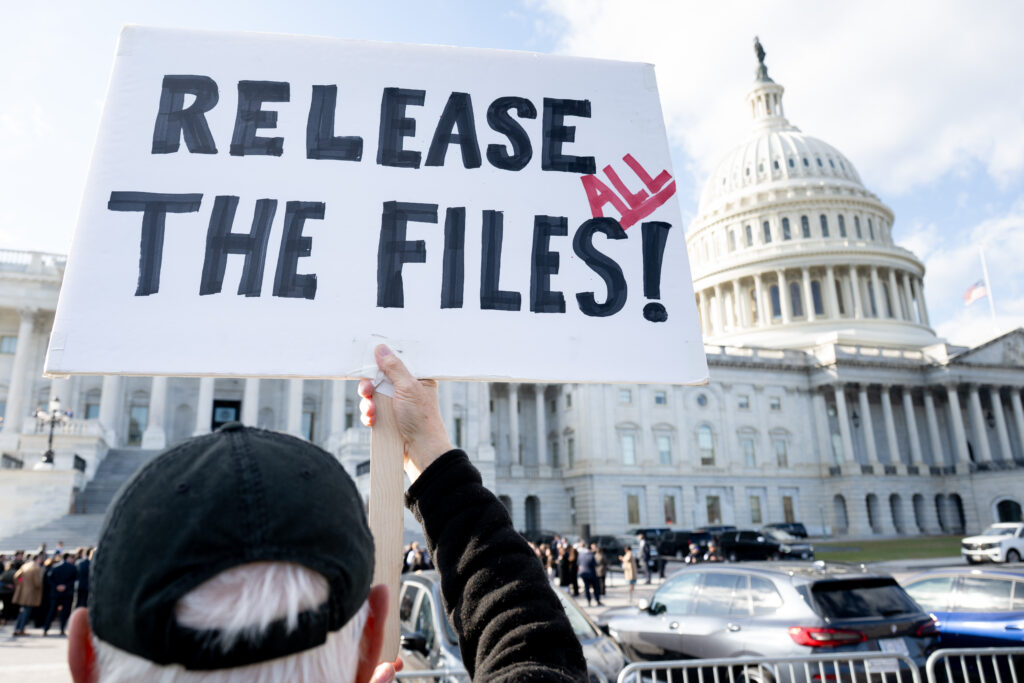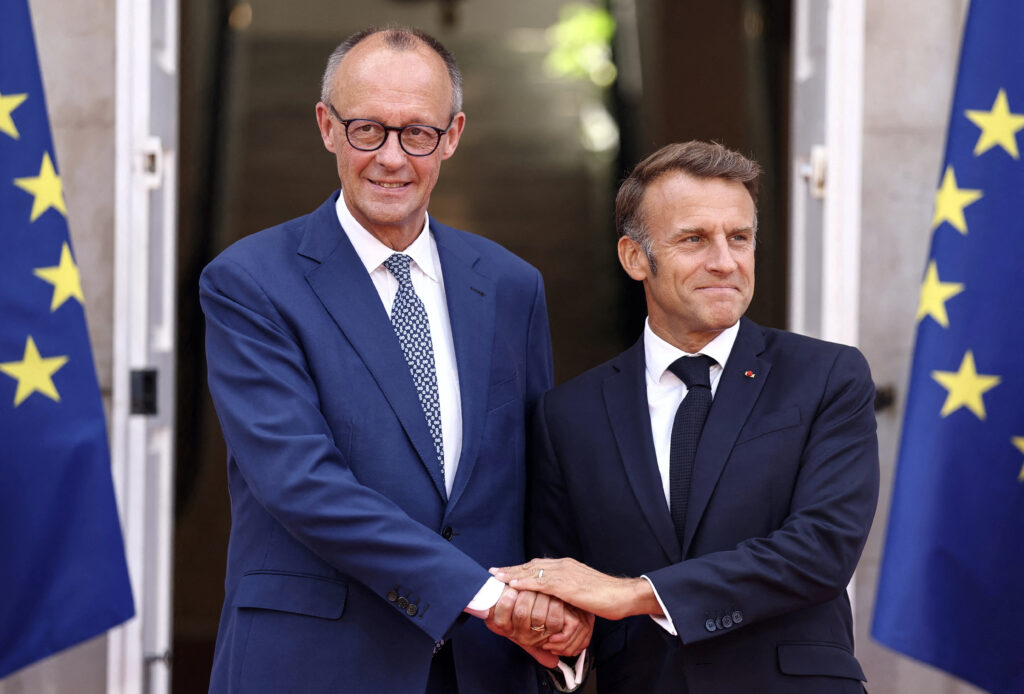Trump defends Saudi prince over journalist Khashoggi’s murder
US President Donald Trump defended Saudi Arabia’s Crown Prince Mohammed bin Salman Tuesday over the 2018 killing of dissident journalist Jamal Khashoggi as he wooed the key ally with a lavish welcome to the White House.Trump insisted the de facto Saudi leader “knew nothing” about the killing of the Washington Post columnist, after greeting the prince with a flypast of F-35 stealth fighters which he has promised to sell to Riyadh.The Saudi royal, who came bearing a pledge of a $1 trillion investment in the United States on his first US visit since the killing, said Khashoggi’s murder was “painful” and a “huge mistake.”A US intelligence assessment in 2021 concluded that Prince Mohammed had ordered the operation to kill Khashoggi, who was murdered and dismembered inside the Saudi consulate in Istanbul.Saudi officials blamed rogue agents.The killing during Trump’s first term caused a diplomatic crisis at the time, but the US president made it clear he now wanted to brush over it as he boosts his relationship with the Saudis.Trump raged at a journalist who asked the prince about the murder in the Oval Office. He called Khashoggi “extremely controversial” and accused the reporter who asked the question of embarrassing the Saudi visitor.”Things happened, but he knew nothing about it,” Trump said of the Saudi prince. “You don’t have to embarrass our guest by asking a question like that.”- ‘No justification’ -The journalist’s widow, Hanan Elatr Khashoggi, said in response to Trump’s comments that there was “no justification to murder my husband.”She also urged the Saudi prince in a post on social media to “meet me, apologize and compensate me” for the killing of her spouse.Trump, 79, pulled out all the stops to impress Prince Mohammed, 40, giving him a parade of soldiers on horseback and thundering cannon fire on his arrival at the White House.The Republican then showed the prince a new gallery of presidential portraits by the Rose Garden — including one portraying his Democratic predecessor Joe Biden as an autopen.The flattery continued inside the Oval Office, as Trump called the Saudi a “very good friend” and hailed him as being “incredible, in terms of human rights, and everything else.” The heir to the throne then delighted Trump by announcing that he was increasing the $600 billion Saudi investment he promised Trump when the US president visited the country in May.”We can announce that we are going to increase that $600 billion to almost $1 trillion for investment,” he said.The two countries were also set to seal a host of deals on defense, energy and AI, the White House said, including a deal on a framework for civilian nuclear cooperation.- Abraham Accords -Trump said he had also pushed Prince Mohammed to normalize relations with Israel through the Abraham Accords, as he seeks to turn the fragile ceasefire between Israel and Hamas in Gaza into a longer-lasting regional peace.The Saudi said he wanted to join the accords — Trump’s signature diplomatic achievement during his first term — but first needed a “clear path” to Palestinian statehood.Trump meanwhile reiterated his intention to sell Saudi Arabia coveted F-35 stealth fighters, despite concerns from Israel and warnings from US officials that China could steal the technology.The pomp was set to continue later in the day as First Lady Melania Trump hosts a gala dinner for the Saudi leader. Portugal soccer legend Cristiano Ronaldo, who plays in Saudi Arabia, will also be at the White House, a US official told AFP.Prince Mohammed has fostered close ties with Trump and his family over the years, including through investment pledges to the property billionaire-turned-US president.Trump denied any conflicts of interest, a day after a Saudi developer announced a new hotel partnership in the Maldives with the Trump Organization, which is run by his sons.”I have nothing to do with the family business. I have left,” Trump said.

